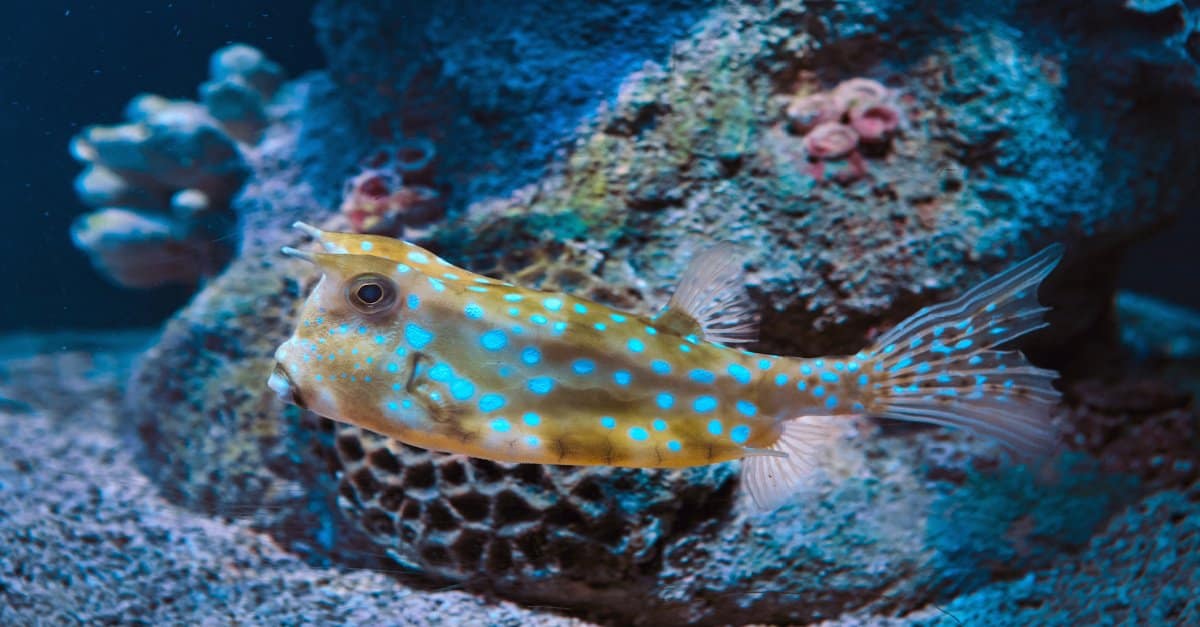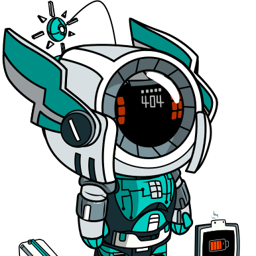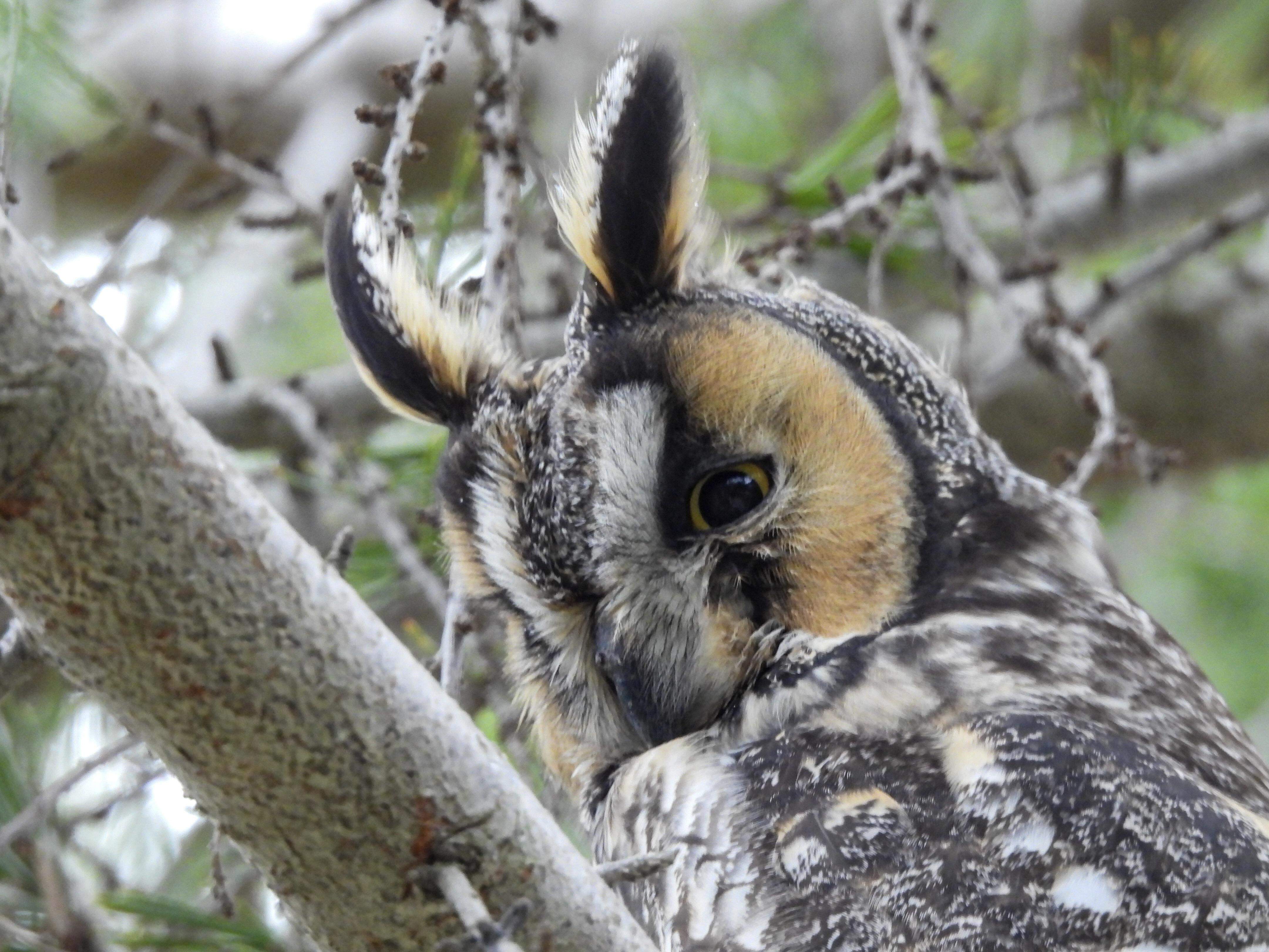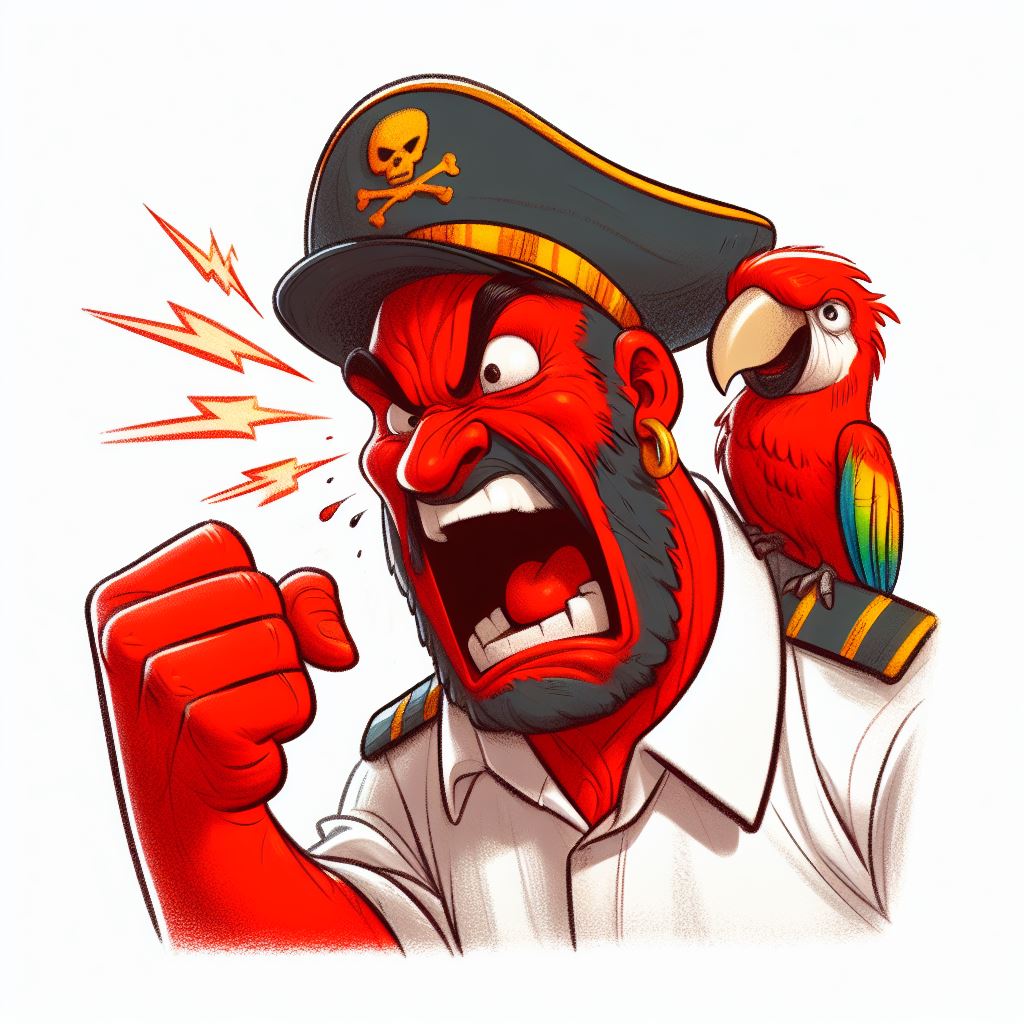I’m more concerned with the partials on the scale. 3 legs, maybe slime, and 0.25 house?
Great… now I have to go fill them all in….
🤔
Would an armadillo count as 3/4 of a house?
It’s Longhorn Cowfish.
The hexagonal plate-like scales of these fish are fused together into a solid, triangular, box-like carapace, from which the fins and tail protrude.

Why does that look like Donald trump
But with four legs so it can crawl out onto land and move from one tide pool to another!
I GOT IT!! it’s a softshell turtle!!

they live in freshwater like lakes so they are slimy, have 4 legs, and can retract into their body
I’m a fan of Fly River Turtles (also affectionately known as Pig Nosed Turtles):

Where is c/turtle when I need it?
I think this one wins the serious answer contest. Nice find, TriflingToad.
And tortoise should probably go where turtle is.
What has 2 legs, maybe slime and 0.5 house?
Definitly some mollusque.

Battletoads!!!
Little dude has a sick hat. I wish I looked that cool in a hat.
A horny turtle
Florida man
1 house. 4 legs. Yes Slime.
Two married lawyers with a horse costume.
What about no legs, no slime, and a house?
Robot lawn mower
Barnacle.
Bro, that’s a regular old house.
How’d you get a house with no slime?
I was first in line.
Coral
disabled hermit crab
Hermit crab?
A shelled salamander
Surely it would be more bewildering in the middle. What’s something that only has 0.1 4 legs, and is 0.4 house?
A war vet
Salamanders, people keep them as pets
They don’t have a house that they can carry around like a snail or something they ca retract into like a tortoise.
Tubifex worm
Octopus, they typically go into objects and close them tightly like a shell, and no doubt about legs and slime.
Too many legs
They have zero, actually. No arms, either. They’re molluscs like clams and snails and the tentacles are actually a single modified apendage we call their foot. So, by that, they’ve actually got not enough legs and eight “toes”.
Is the tetrapod leg not also a modified appendage that we call a leg?
That’s a problem with the choice of axis scale, not the response. Octopus is the correct answer, because it is at or near the extreme of all three axes.








